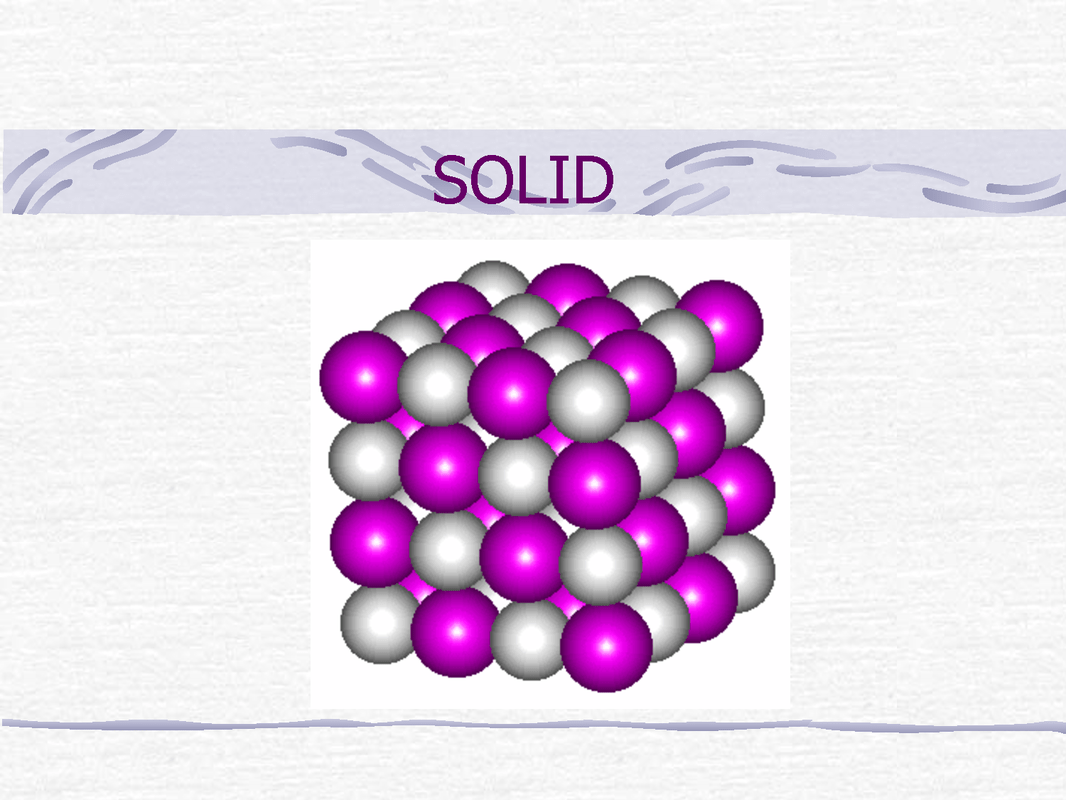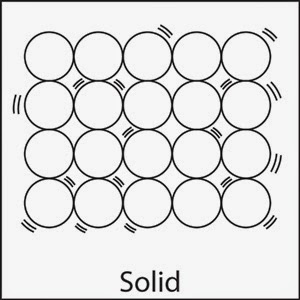Molecular Solid Particle Diagram 3. Particle Model Of Matter
Gases particles arrangement solids liquids matter states motion solid diagram theory kinetic simple movement three igcse liquid gas describe like Solid chemistry solids ionic molecules dimensional three introductory diagram ions nacl figure shape alternating liquids together held do array composed What is the arrangement of particles in a solid, liquid and gas?
Particle Model of Solids, Liquids and Gases | Chemstuff
Solids and liquids The intermolecular space between the molecules in solid is the least Arrangement of particles in phases of matter — comparison
Which particle model represents a chemical change
Particle model of solids, liquids and gasesMatter particle model kinetic molecular states simple particles liquids solids gases state energy changes different picture science they move P3 a) the particle model – aqa combined science trilogyChapter 10 section d solids.
Solid liquid gas liquids solids volume shape states general representation definite has3. particle model of matter Arrangement of particles in phases of matter — comparisonSolid chemistry solids ionic molecules dimensional introductory diagram three intermolecular space figure between nacl ions liquids alternating together courses explain.

Which particle model represents a chemical change
In which state do particles have no bonds: exploring the world of isolationParticles arrangement phases particle arranged arrow differently represented 3. particle model of matterKinetic theory.
Solid particles arrangement رسمSolid particles science particle theory gas spaces close Particle diagramsSolids solid particles particle model liquids matter science gases states together chemistry packed close gcse changes closely cliparts picture vibrate.

6.2 solids, liquids and gases
Particle model solids particles liquids draw solid gases diagram guide models choose boardSolid particles particle movement arrangement molecular kinetic diagrams liquid gas diagram matter states model physics energy speed heat three picture Particles arrangement phases gases solids liquids particle arrangements packed monahan floatingWhat is the particle model: a guide to solids, liquids and gases.
Solid matter states molecules solids diagram particles arrangement particle liquid state chemistry gas igcse motion move gcse do packed structureDiagram of particles in a solid Chemistry: states of matter: level 1 activity for kidsIgcse chemistry: states of matter.

What is a particle?
Matter states particles liquid liquids chemistry gases solids primaryleap together fixed small theirMatter particle solid liquid theory gas gases model kinetic energy science particles movement states gcse bbc revision physics chemistry state .
.








